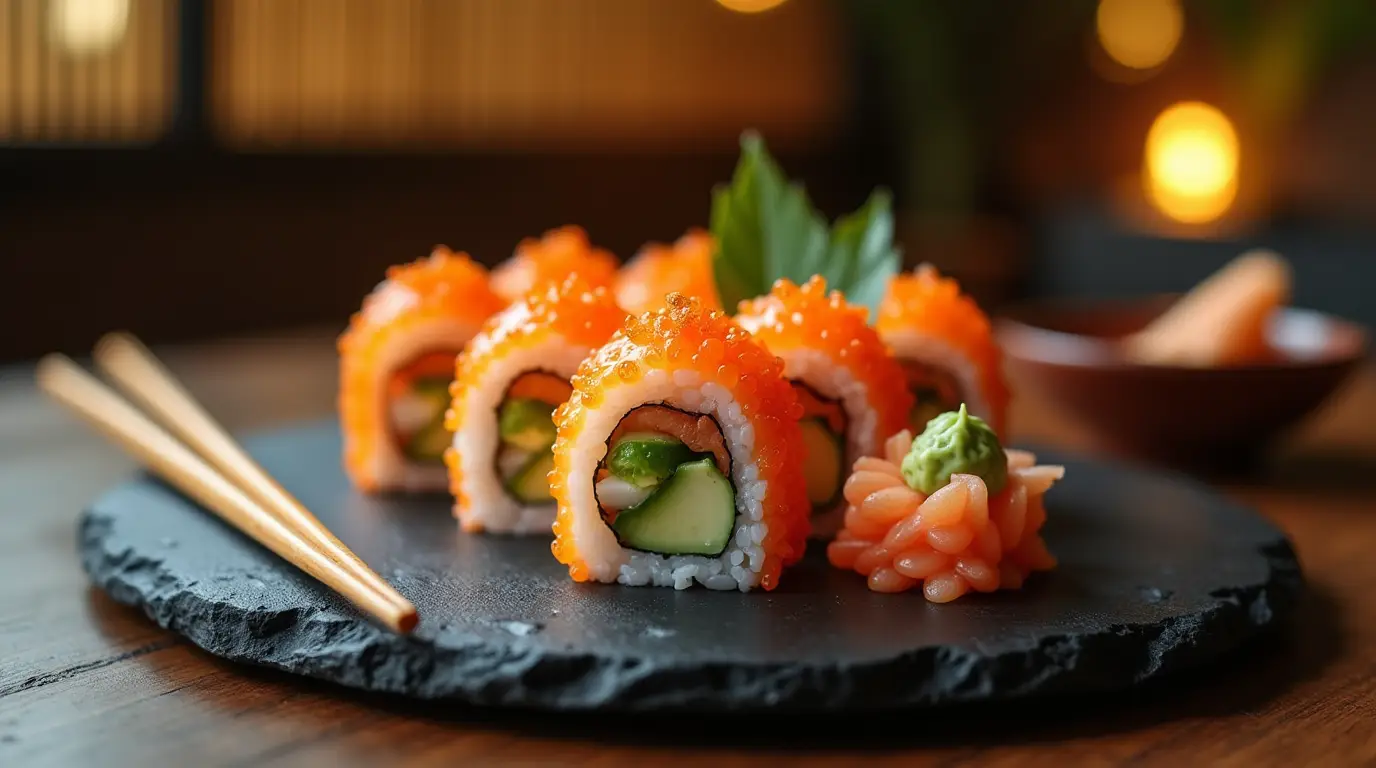How to Make Masago Sushi Recipes: 5 Incredible Must-Try Recipes for Flavor
Learning how to make masago sushi Recipes at home is an exciting culinary adventure that allows you to enjoy fresh, flavorful sushi without needing to visit a restaurant. Masago, the small and slightly salty capelin roe, adds a vibrant pop of color and texture to sushi rolls. Whether you are a beginner or an experienced sushi enthusiast, mastering the art of masago sushi will elevate your sushi-making skills and impress your friends and family.
Table of Contents
Introduction
Masago sushi is a delightful dish loved by sushi enthusiasts worldwide. If you want to make masago sushi at home, you’ve come to the right place. This guide will walk you through everything you need to know about masago sushi, including its origins, benefits, and five must-try recipes. Whether you’re a beginner or an experienced sushi maker, this comprehensive guide will help you create restaurant-quality sushi in your own kitchen.
Sushi has been an essential part of Japanese cuisine for centuries. Over time, it has evolved into various forms, with creative ingredients being introduced to enhance both taste and appearance. One such ingredient is masago, a small yet flavorful fish roe that adds a delightful crunch and a slightly salty taste to sushi. Using masago in sushi not only improves the visual appeal but also introduces a new layer of texture and umami flavor. Sushi lovers often appreciate the added dimension that masago brings to each bite, making it a favorite topping in many sushi variations.
The History and Significance of Masago in Sushi
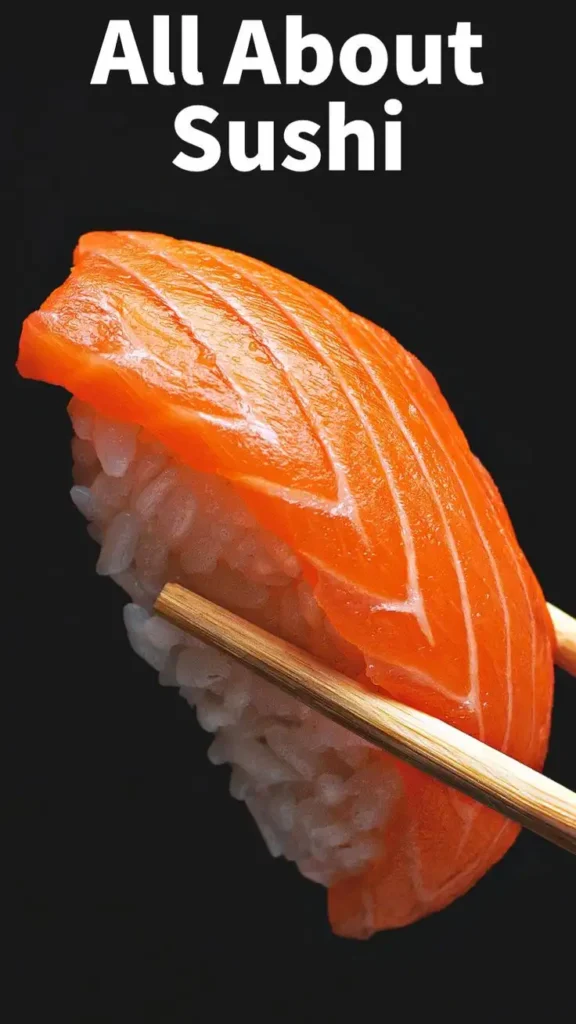
Masago comes from the capelin fish, a small forage fish found in the cold waters of the North Atlantic, North Pacific, and Arctic Oceans. It has been a part of Japanese cuisine for decades, often used as a topping for sushi rolls and nigiri. Unlike tobiko, which is slightly larger and crunchier, masago is a more affordable alternative, making it a popular choice in sushi restaurants worldwide.
The use of fish roe in sushi dates back centuries, as Japanese chefs have long sought to incorporate ingredients that enhance both taste and texture. Masago is often combined with other sushi toppings, such as spicy mayonnaise or wasabi, to create distinct flavor profiles. Because of its versatility and affordability, masago has gained widespread popularity, not just in Japan but also in Western-style sushi dishes.
Nutritional Benefits of Masago

Masago is not only tasty but also rich in essential nutrients. Some of its health benefits include:
- Packed with Omega-3 Fatty Acids: Omega-3s play a crucial role in supporting heart health, enhancing brain function, and reducing inflammation.
- High in Protein: Masago provides a good source of protein, which is necessary for muscle growth and repair.
- Low in Calories: Despite its rich flavor, masago is relatively low in calories, making it a great addition to a healthy diet.
- Contains Essential Nutrients: Masago is a good source of Vitamin B12, selenium, and magnesium, which contribute to overall health and well-being.
However, masago does contain a moderate amount of sodium, so it should be consumed in moderation, especially for those who are watching their salt intake.
Essential Ingredients and Tools for Making Masago Sushi
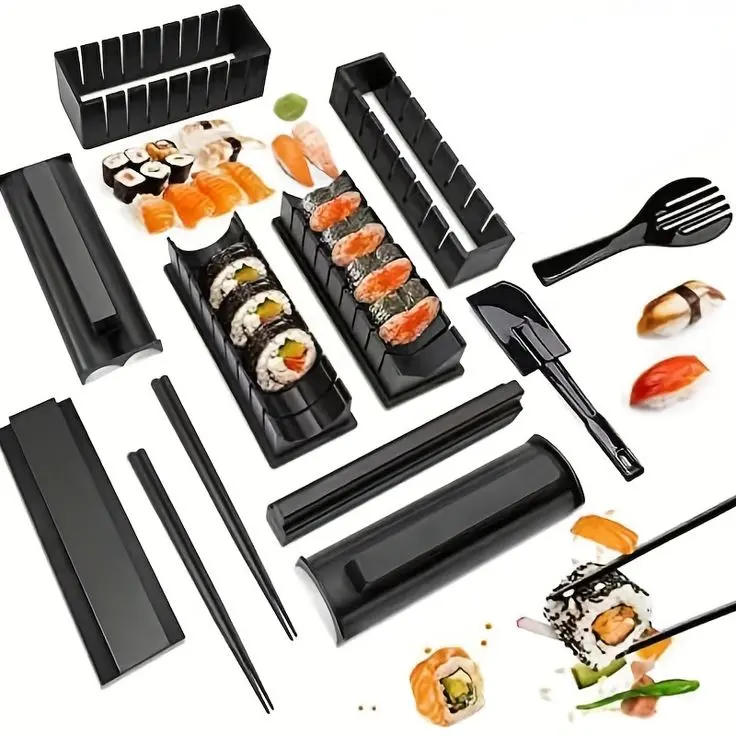
Before we dive into the recipes, here are some essential ingredients and tools you’ll need to make masago sushi:
Ingredients:
- Sushi rice
- Nori (seaweed sheets)
- Masago (capelin roe)
- Fresh fish (e.g., salmon, tuna)
- Cucumber
- Avocado
- Cream cheese
- Rice vinegar
- Soy sauce
- Wasabi
- Pickled ginger
- Sesame seeds
Tools:
- Bamboo sushi mat
- Sharp knife
- Rolling mat
- Rice paddle
- Small spoon (for spreading masago)
Ensuring that you have high-quality ingredients will make a significant difference in the taste of your sushi. Always use sushi-grade fish to avoid any health risks, and make sure your rice is properly seasoned with rice vinegar to achieve the perfect balance of flavors. If you are new to sushi-making, practicing your rolling technique with simple ingredients can help build confidence before attempting more intricate sushi rolls.
5 Must-Try Masago Sushi Recipes
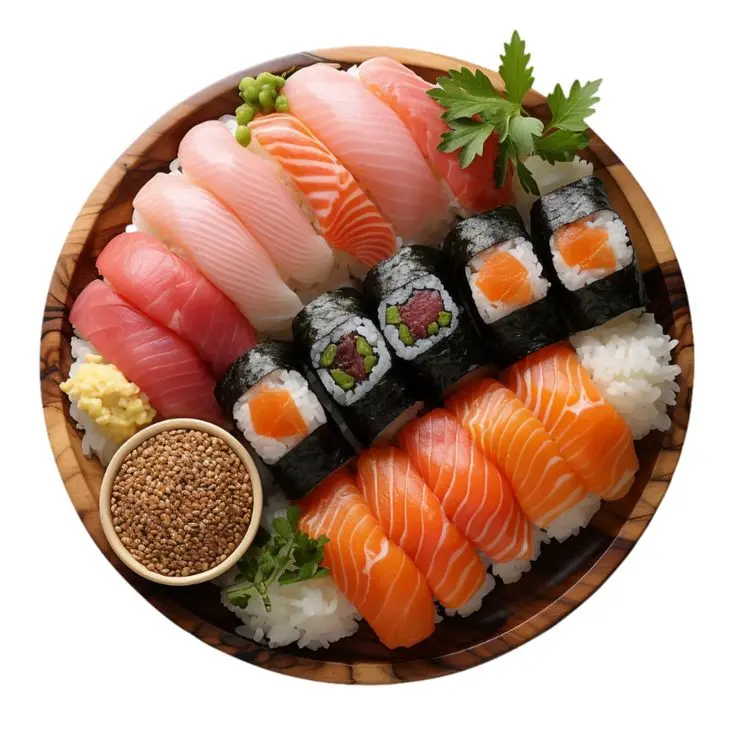
1. Masago California Roll
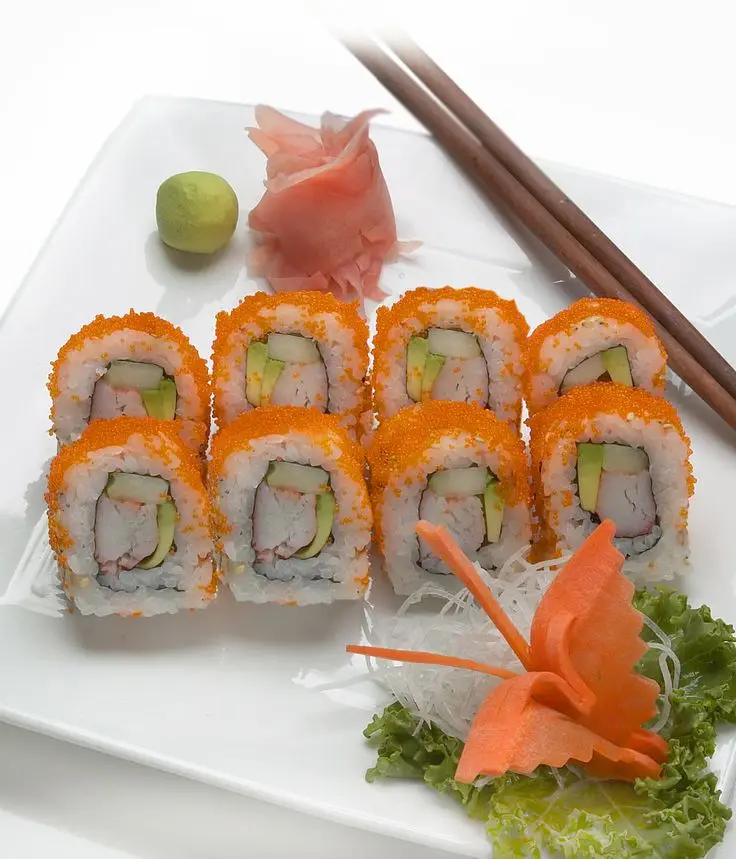
Ingredients:
- 1 cup sushi rice
- 1 sheet nori
- ½ avocado, sliced
- ½ cucumber, julienned
- 2 tbsp masago
- 3 oz imitation crab meat
- 1 tbsp mayonnaise
- 1 tsp sesame seeds
Instructions:
- Lay a sheet of nori on top of a bamboo mat.
- Spread a thin, even layer of sushi rice over the nori.
- Sprinkle sesame seeds over the rice.
- Turn the nori over so that the rice is facing down.
- Add imitation crab, avocado, and cucumber in the center.
- Roll tightly using the bamboo mat.
- Coat the roll with masago.
- Slice into pieces and serve with soy sauce.
2. Masago and Avocado Roll

- Ingredients:
- 1 cup sushi rice
- 1 sheet nori
- ½ avocado, sliced
- ½ cucumber, julienned
- 2 tbsp masago
- Soy sauce for dipping
- 1 tsp wasabi
3. Spicy Masago Tuna Roll
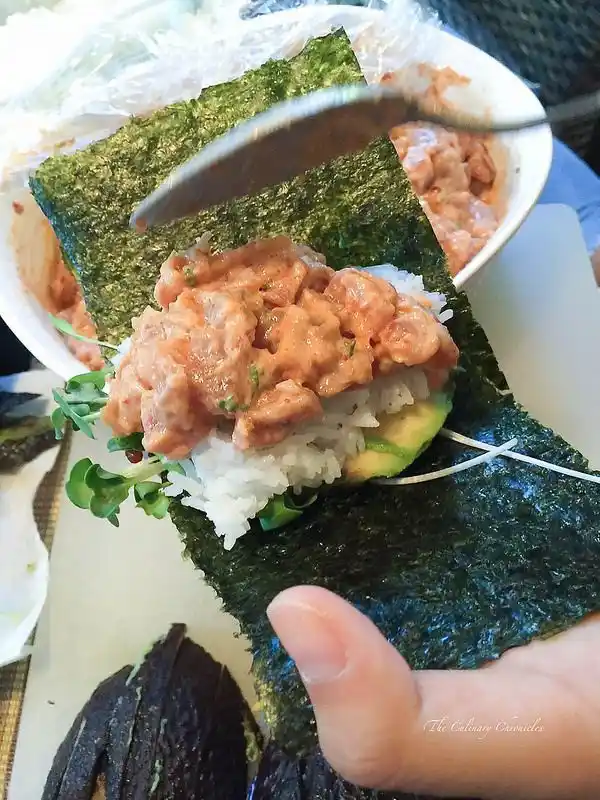
- Ingredients:
- 1 cup sushi rice
- 1 sheet nori
- 3 oz fresh tuna, finely diced
- 1 tbsp mayonnaise
- 1 tsp sriracha
- 2 tbsp masago
- ½ avocado, sliced
- ½ cucumber, julienned
- Soy sauce for dipping
4. Masago and Crab Stick Sushi
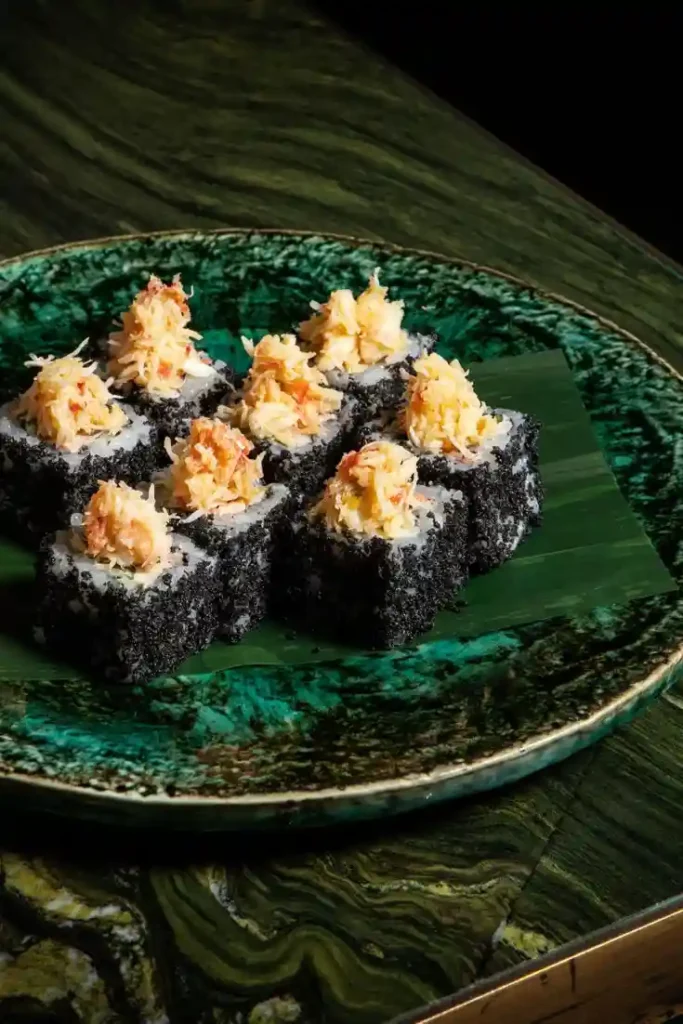
- Ingredients:
- 1 cup sushi rice
- 1 sheet nori
- 3 oz imitation crab meat
- 2 tbsp masago
- 1 tsp wasabi
- Soy sauce for dipping
5. Masago Shrimp Tempura Roll
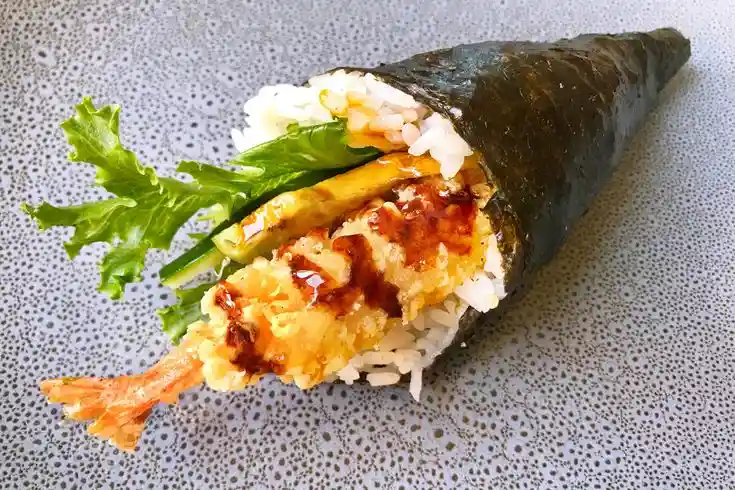
- Ingredients:
- 1 cup sushi rice
- 1 sheet nori
- 2 pieces shrimp tempura
- ½ avocado, sliced
- ½ cucumber, julienned
- 2 tbsp masago
- Soy sauce for dipping
Frequently Asked Questions (FAQ)
1. What does masago taste like?
Masago has a mild, slightly salty flavor with a hint of sweetness. It also adds a crunchy texture that enhances sushi dishes.
2. Is masago sushi healthy?
Yes, masago is a good source of protein, omega-3 fatty acids, and essential nutrients. It does contain sodium, so it should be eaten in moderation.
3. Can I substitute masago with tobiko?
Yes, tobiko (flying fish roe) can be used as a substitute for masago. Tobiko has a slightly firmer texture and a more pronounced flavor compared to masago.
4. Where can I buy masago?
Masago is available at most Asian grocery stores, seafood markets, and online retailers specializing in sushi ingredients.
5. How should I store masago?
Masago should be kept in the refrigerator and consumed within a few days after opening. It can also be stored in the freezer for longer shelf life.
6. Can I make masago sushi without raw fish?
Absolutely! You can make delicious masago sushi using ingredients like imitation crab, cooked shrimp, or vegetables.
Final Thoughts
Masago sushi is a delicious and versatile dish that can be customized to suit various tastes. Whether you prefer a spicy tuna roll or a creamy Philadelphia roll, masago adds a delightful texture and enhances the flavor of any sushi dish. With the right ingredients and a bit of practice, you can make restaurant-quality sushi at home. Making sushi is not just about the end result; it’s an experience that brings people together and allows for culinary creativity.
By experimenting with different fillings, sauces, and garnishes, you can create your unique sushi rolls and impress your friends and family. Enjoy the process and have fun mastering the art of sushi-making! Whether you’re hosting a sushi night or preparing a special meal for yourself, these masago sushi recipes will bring an authentic Japanese dining experience right into your kitchen. So grab your ingredients, roll up your sleeves, and start making delicious masago sushi today!
How did the recipe turn out? What did you like or would change?
There are no reviews yet. Be the first one to write one.

